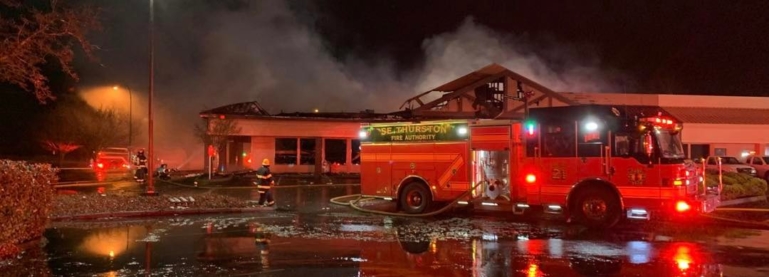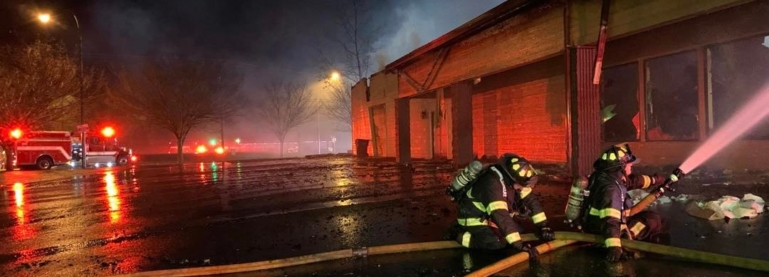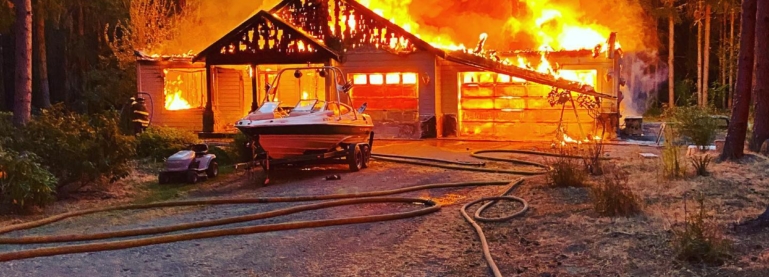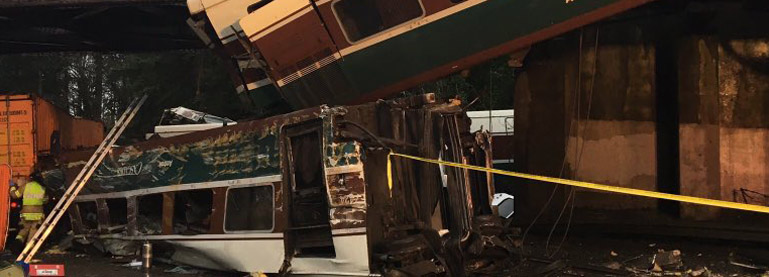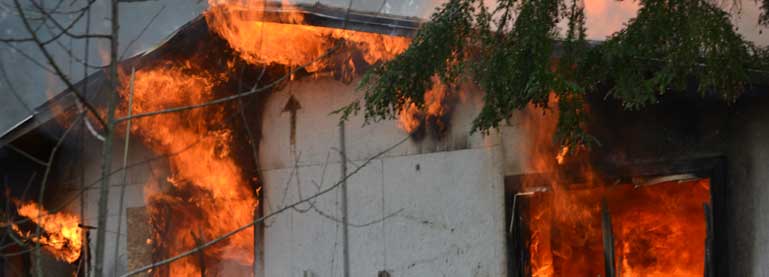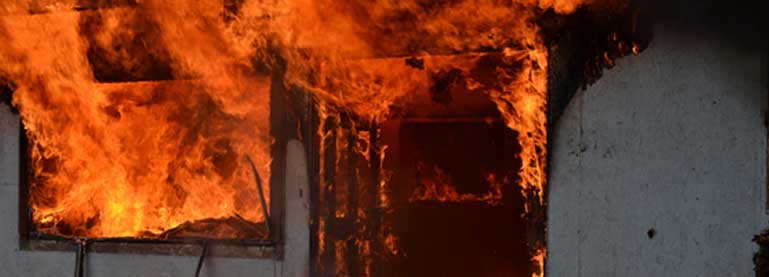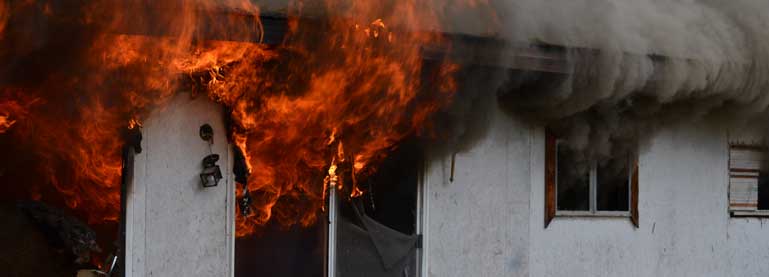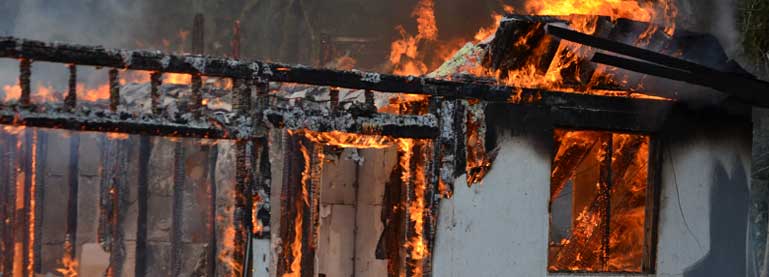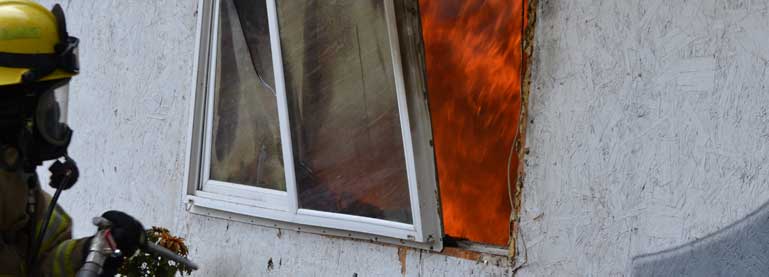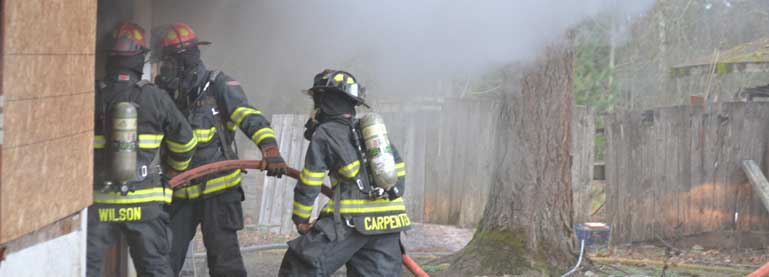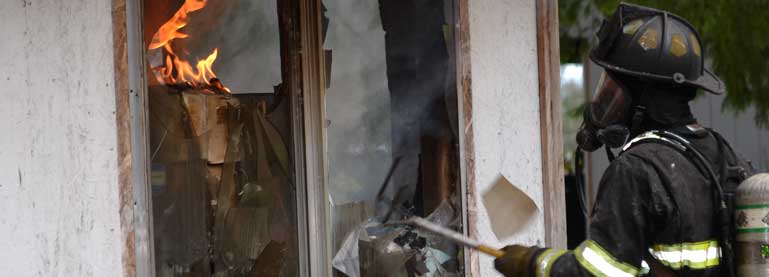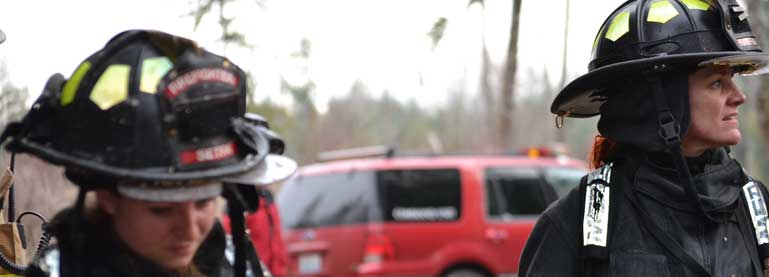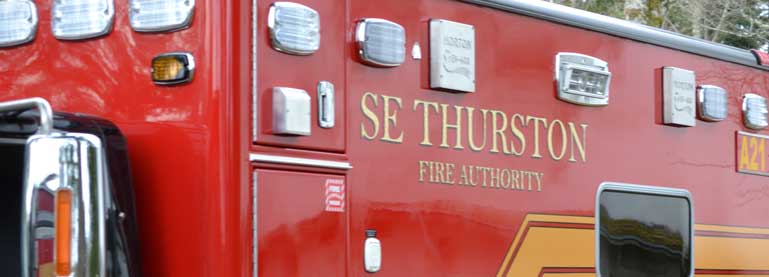It’s important to understand that with proper training and education, fire extinguishers can save lives and property. Many adults might not know how or when to use fire extinguishers. Fire departments can help with fire extinguisher training and answer questions that community members may have.
Fire extinguishers contain different extinguishing agents such as water, carbon dioxide, dry chemical or wet chemical, depending on the kind of fire the extinguisher is intended for.
Did you know:
There are FIVE primary types of fire extinguishers, each designed to put out different kinds of fires.
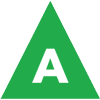
For use with ordinary materials like cloth, wood and paper.
Often found in homes and businesses

For use with combustible and flammable liquids like grease, gasoline, oil and oil-based paints.
Often found in homes and businesses

For use with electrical equipment like appliances, tools or other equipment that is plugged into an outlet. Class C fire extinguishers use an
agent that doesn’t conduct electricity.
Often found in homes and businesses

For use with flammable metals.
Often found in factories

For use with vegetable oils, animal oils and fats in cooking appliances.
Often found in commercial kitchens (restaurants, cafeterias, catering businesses)
There are also multipurpose fire extinguishers that might be labeled “B-C” or “A-B-C” that can be used on most types of home fires. Most home improvement stores carry multipurpose fire extinguishers that cover Class A through Class C.
Remember:
- Always look for the “UL Listed” or “ULC Listed” label on a fire extinguisher to ensure it is certified by a nationally recognized testing laboratory.
- Fire extinguishers vary in size and weight, but it is recommended that the largest one be selected so that a user can safely and comfortably operate.
- How to read the classification label: The number before the “A” represents a multiple of 1.25 gallons of water whereas the number before the “B” represents a multiple of the area or size in square feet of fire to be extinguished. For example, a fire extinguisher classification of 1A:10B:C indicates that it provides the equivalent of 1.25 gallons of water applied on a Class A fire. The number 10 indicates it can extinguish Class B fires up to 10 square feet in size, and the C indicates that it can be used for Class C fires.
Contact your fire department if you want fire extinguisher training or have any questions. Help spread the word by sharing the following information and tips for using and maintaining fire extinguishers.
Information provided by www.usfa.fema.gov

